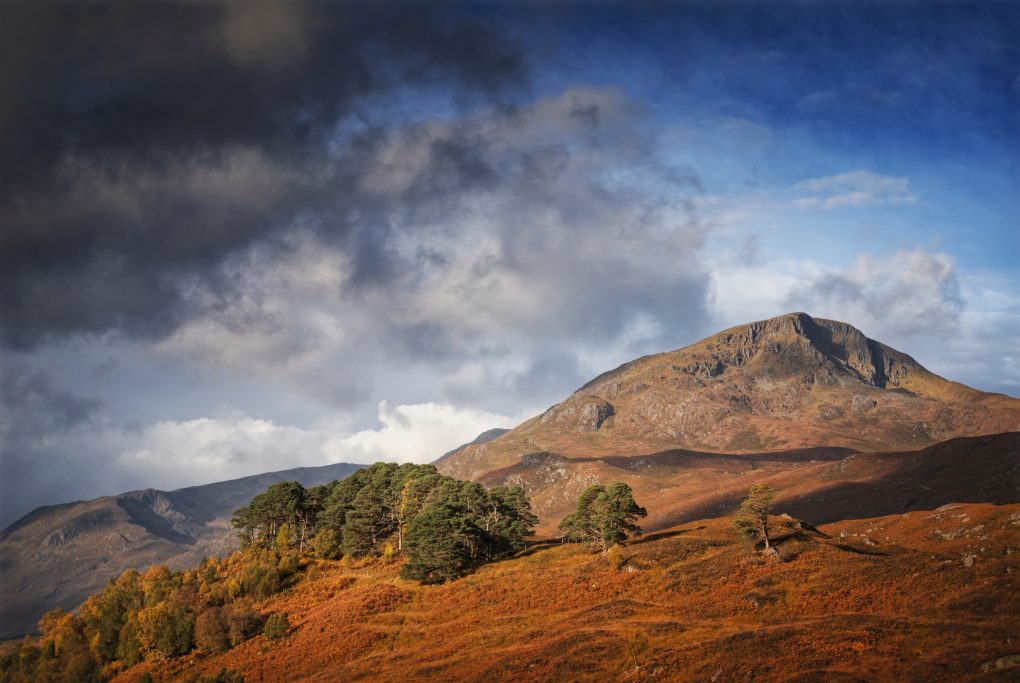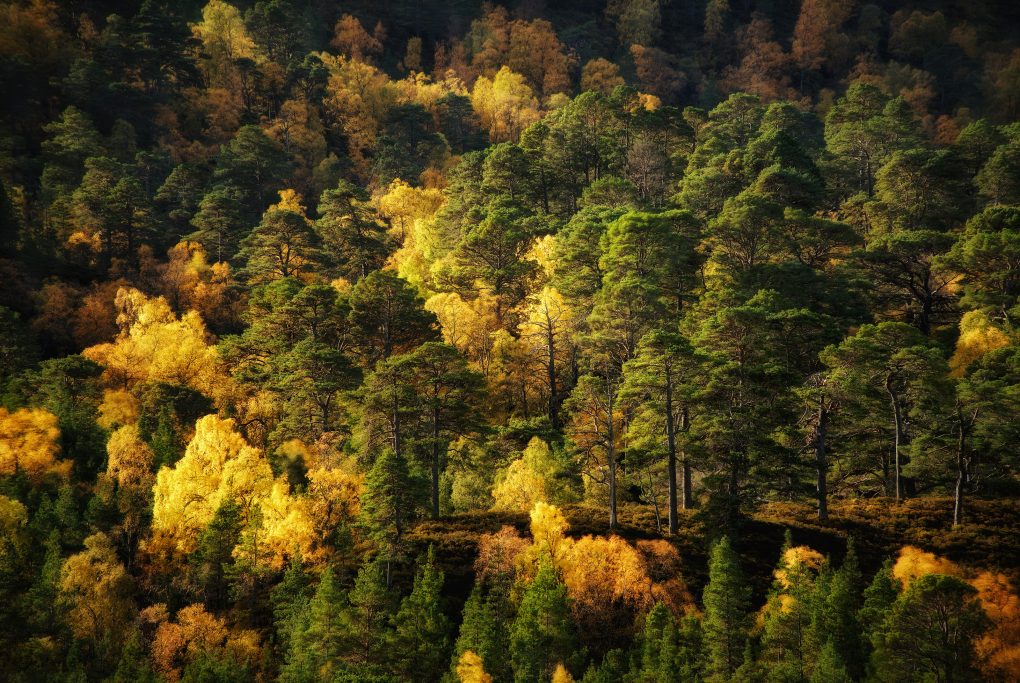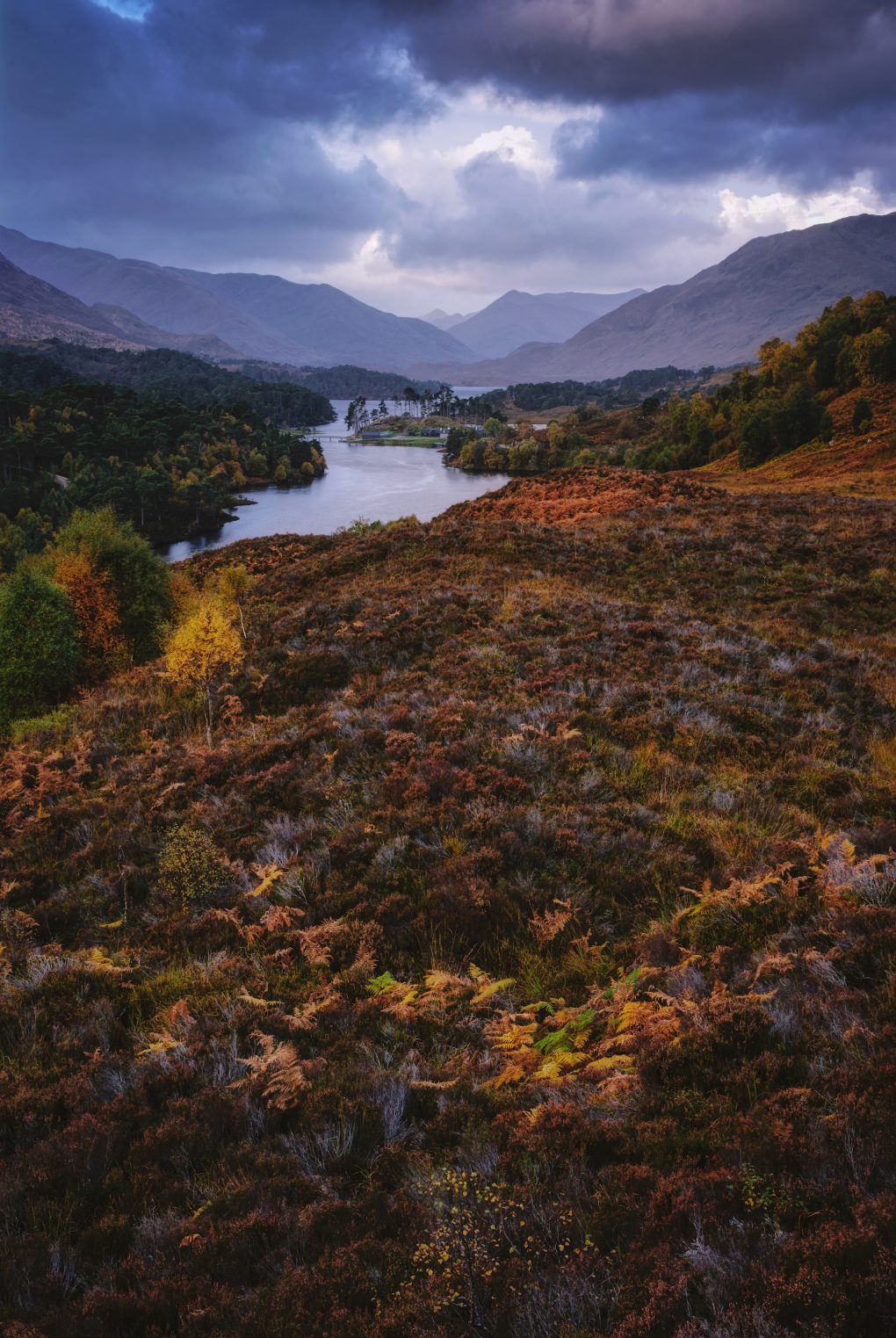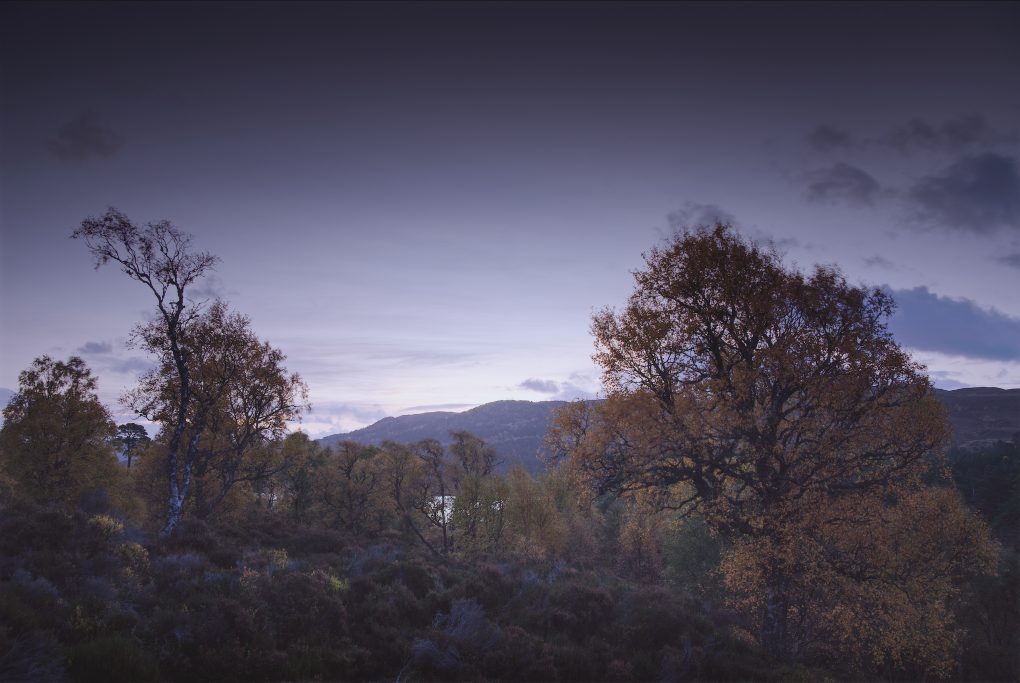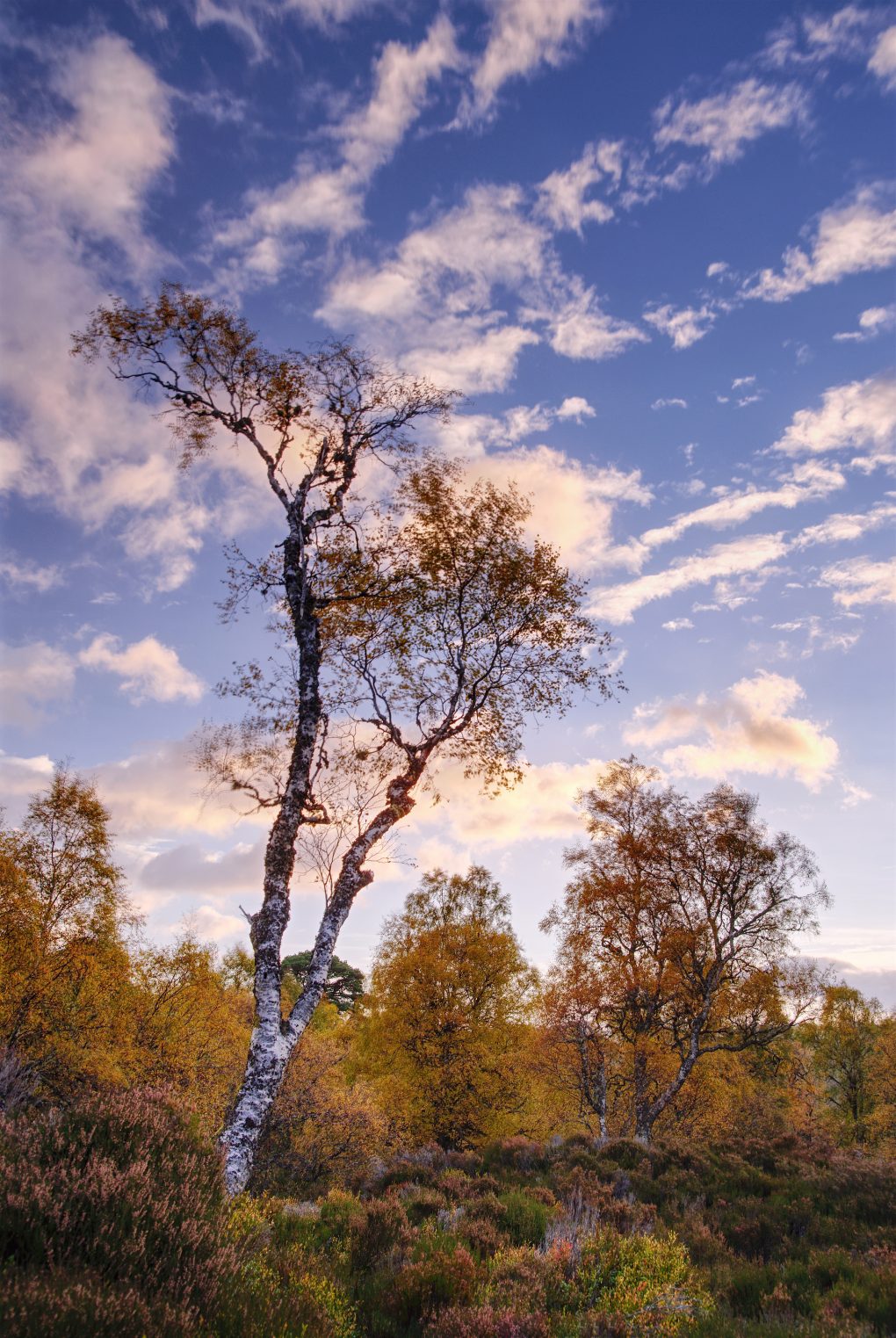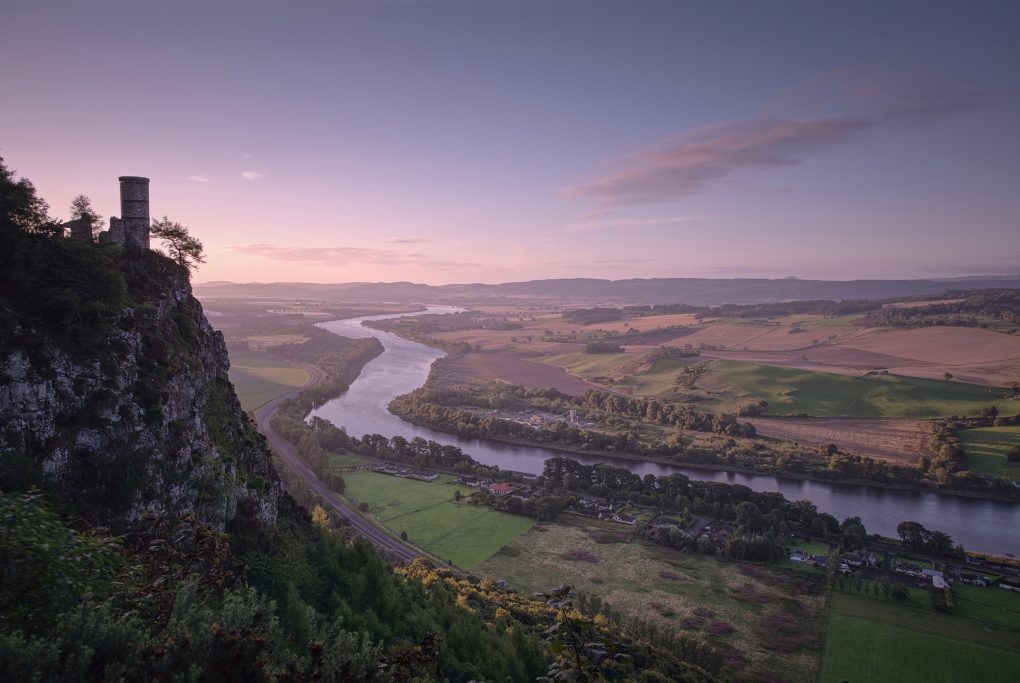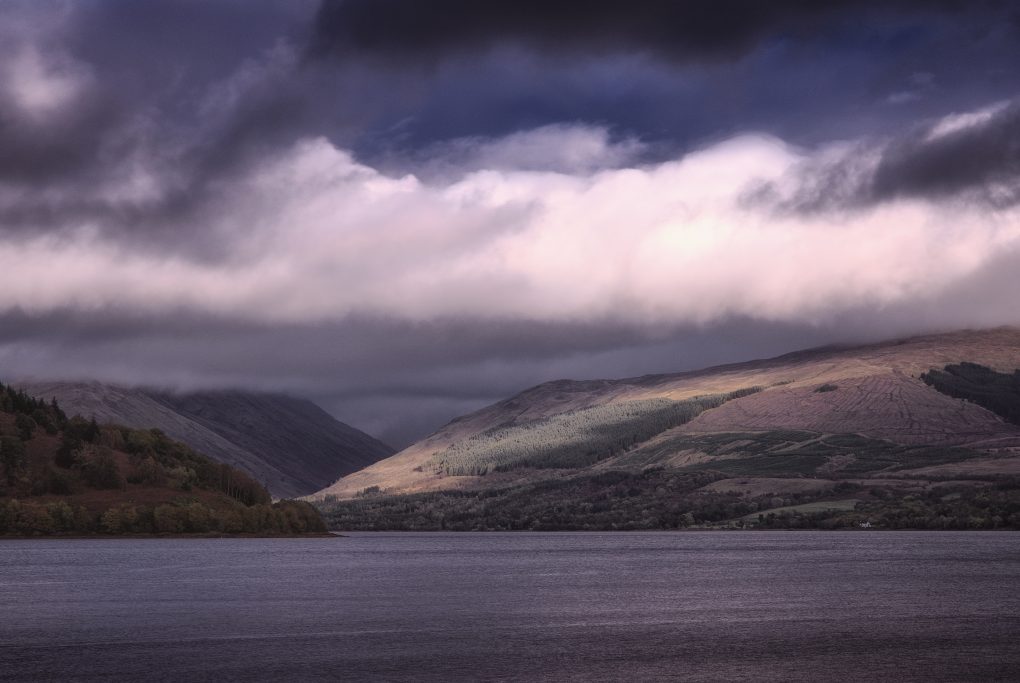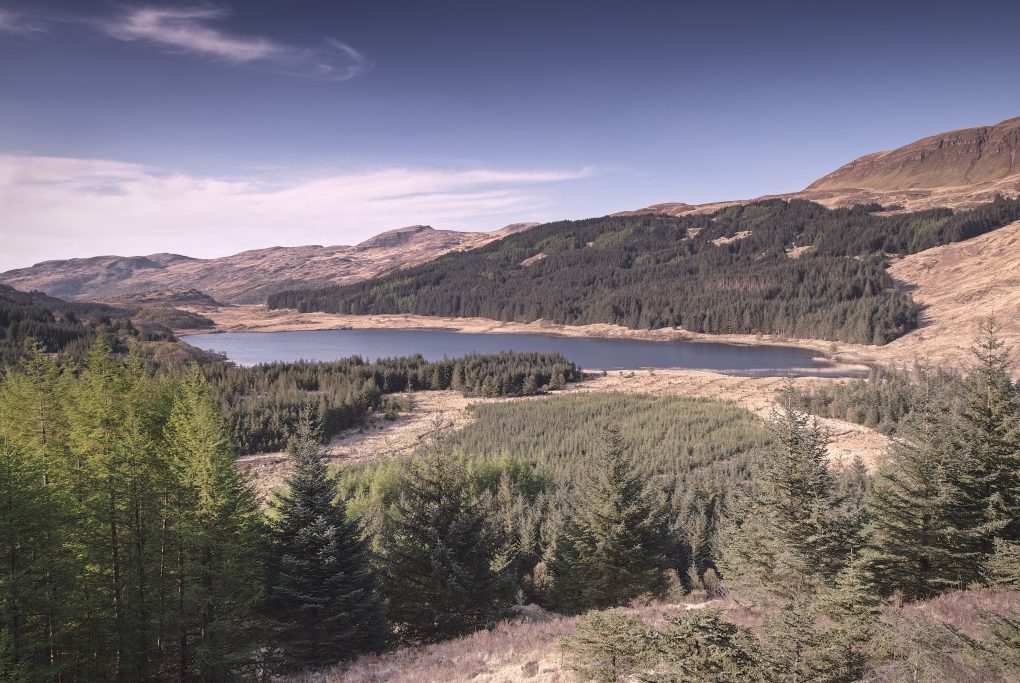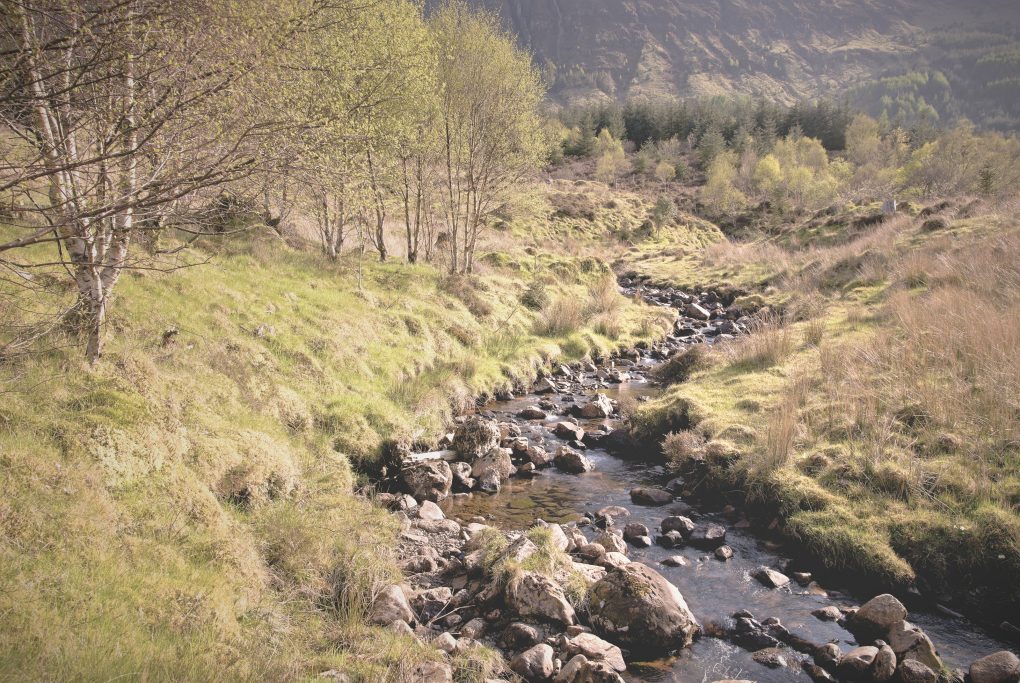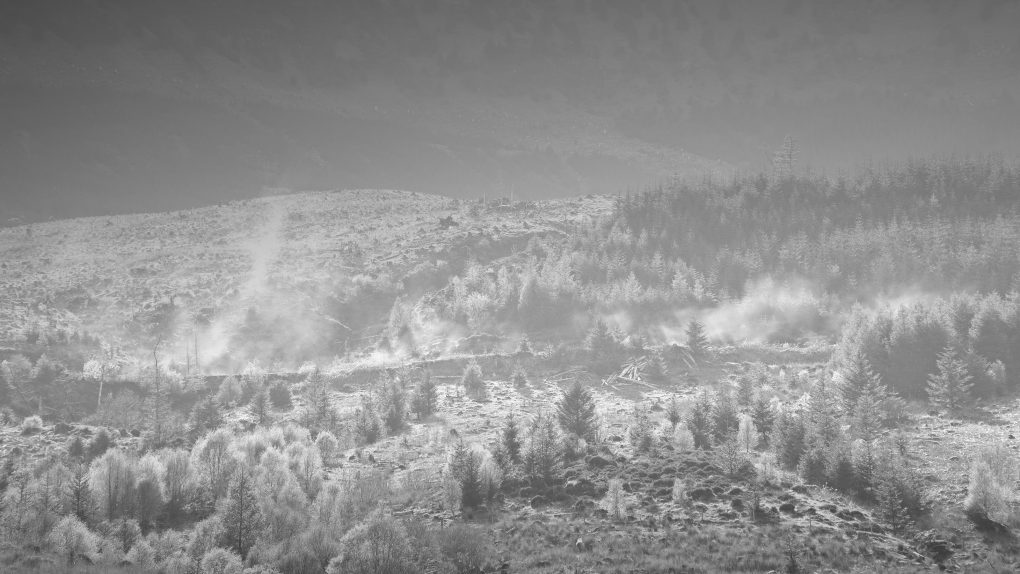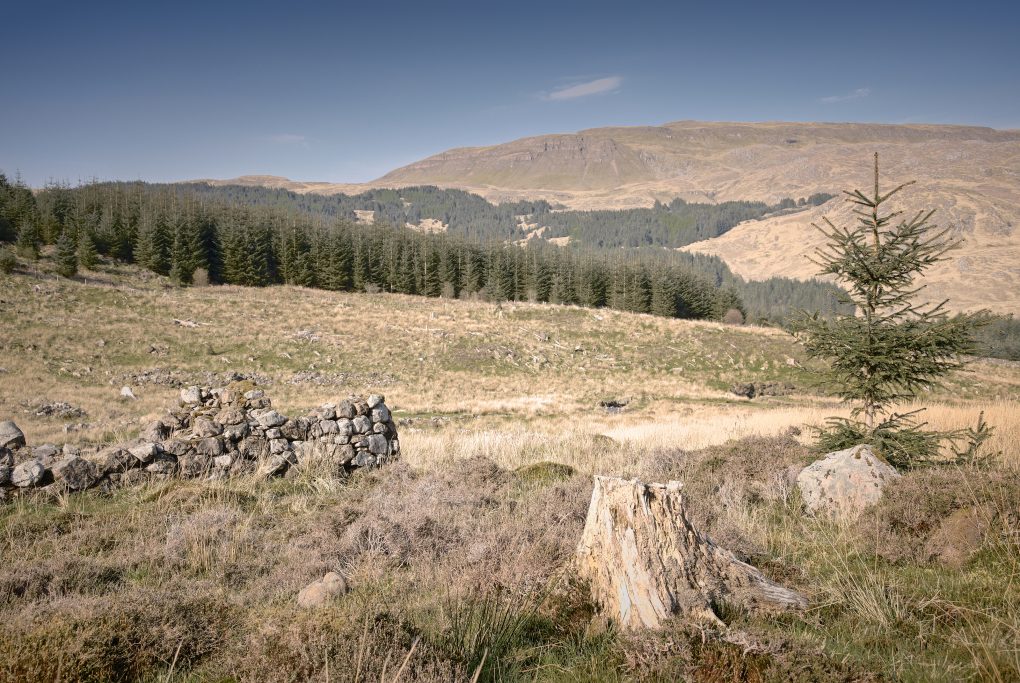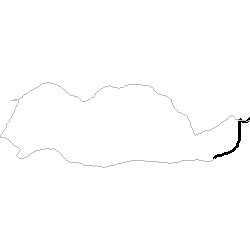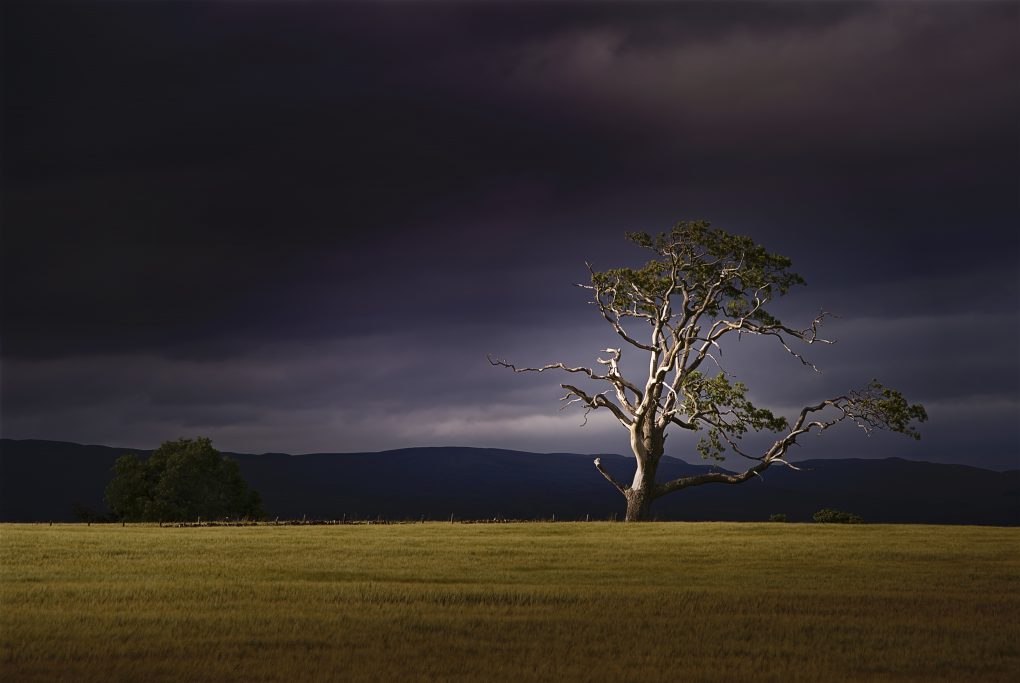There are several cliches in the field of megapixel-count and resolution required for acceptable photographic prints.
In no particular order:
- 300dpi is “fine art”
- you don’t need as many dpi for larger prints because typically they’re viewed further away
- my printer claims to do 360dpi or 1440dpi or …
- 24 megapixels is more than enough for anything
- “for a 5″ print you need 300-800pixels, for medium to large calendars 800-1600 pixels, for A4 900-1600px, for an A3 poster 1200 to 2000px, for an A2 poster 1500 to 2400px, …” (taken from a well-known photo-prints website guidelines)
- it’s not about the megapixels it’s about the dynamic range
There are probably more set arguments in the field, but all are vague, arising from idle pontificating and anecdote over the last couple of centuries.
Here’s a key question: in a list of required image resolutions by print size, why does the number of dpi required drop-off with print size? What is the driving factor and might there be an upper bound on the number of megapixels required to make a print of any size?
We can flip this around and say that if prints are expected to be viewed at a distance related to their size, then it is no longer a matter of absolute measurements in various dimensions but rather about how much field of view they cover. This makes it not about the print at all, but about the human eye, its field of view and angular acuity – and the numbers are remarkably simple.
From wikipedia, the human eye’s field of view is 180-200 degrees horizontally by 135 degrees vertically (ie somewhere between 4:3 and 3:2 aspect-ratios). Its angular acuity is between 0.02 to 0.03 deg.
If we simply divide these numbers we end up with a number of pixels that the eye could resolve.
At one end of the range,
180*135 /0.03 / 0.03 / 1024 / 1024 = 25.75 (6000 x 4500)
and at the other:
200*135 / 0.02 / 0.02 / 1024 / 1024 = 64.37 (10,000 x 6750)
In the middle,
180*135 / 0.025 / 0.025 / 1024 / 1024 = 37.1 (7200 x 5400)
Significant points:
- this is no longer about absolute print sizes; it’s simply about being able to view a print without one’s eye perceiving pixellation
- the numbers correlate reassuringly with numbers of megapixels seen in real-world dSLR sensors today
- you can reasonably say that if you have 64 Megapixels then you can make a print of any size from it
- you can make an image with more than 64 megapixels if you want to, but the reasons for doing so are not directly to do with resolution – they might be
in order that you can crop it – either to physically crop the image in post-processing or to view it from a closer distance than that required merely to fill your eyes’ field of view
or maybe for pixel-binning to reduce noise, give smoother tonality, etc - 24 megapixels is not enough for much; rather it’s is a turning-point: the bare minimum number of pixels for a person of limited acuity to resolve assuming they slightly less than fill their field of view with the print. 36MPel is more usable and 64 will keep you in business selling fine quality wall art.
Now we know how many megapixels are required for various real-world purposes, all that matters is making them good megapixels. Physics to the rescue.
